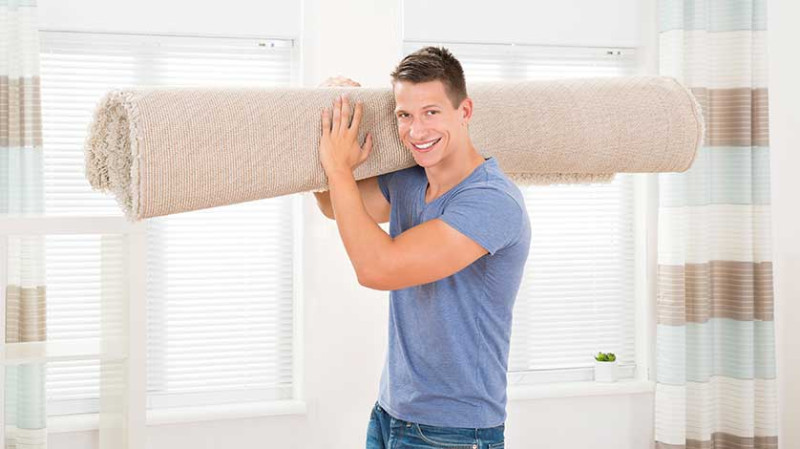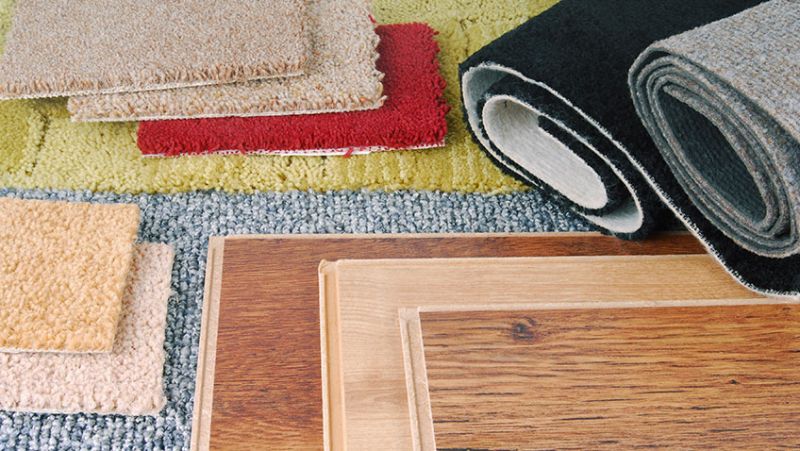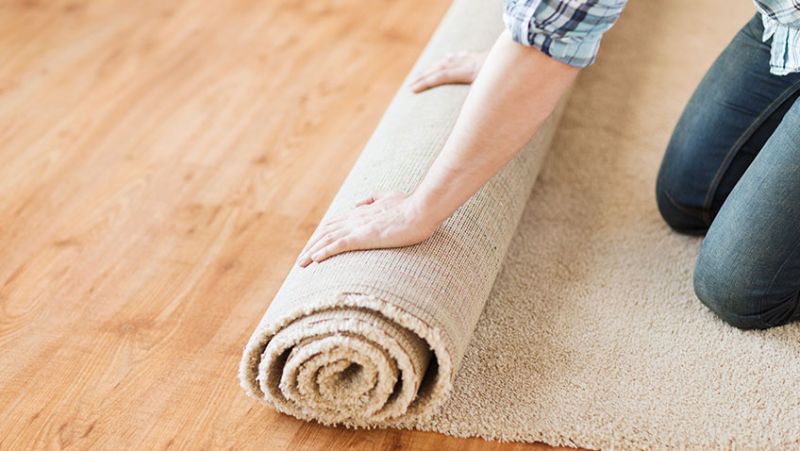
Adding a rug to your home is one of the most transformative yet straightforward ways to inject personality, comfort, and warmth into your living space. Whether you're a DIY enthusiast upcycling your interiors, a young professional styling your first flat, or a designer selecting finishing touches for a client, choosing the right rug can make all the difference. But with so many styles, sizes, and materials available, how do you find the one that's right for your home?
This guide breaks down everything you need to know—so you can confidently select a rug that complements your interiors, meets your practical needs, and elevates your living space with style.
1. Determine the Rug’s Purpose
Before falling head over heels for a specific colour or texture, it’s crucial to think about the role your rug will play in the space. Are you looking for a cosy piece for underfoot comfort in your lounge? Or do you need something durable that can withstand foot traffic in a hallway or an entryway?
Rugs add visual interest, anchor furniture arrangements, and can reduce noise in echo-prone rooms like dining areas or kitchens. They can also define areas in open-plan layouts, making rooms feel more intimate and structured. For households with children or pets, rugs can provide a softer, safer surface for play.
Take time to assess how family members—and visitors—will interact with the space. For example, stair runners or hallway rugs must be hard-wearing and slip-resistant, where as a bedroom rug can prioritise plush comfort over toughness.
2. Choose the Right Rug Size
One of the most common mistakes people make is choosing rugs that are too small for the space. A rug that’s too undersized can make your room look disjointed, while a well-proportioned one will tie the entire space together beautifully.
Here are a few size guidelines based on room type:
| Room Type | Suggested Rug Size | Pro Tip |
|---|---|---|
| Living Room | 160x230 cm or larger (all front legs of furniture on the rug) | Leave at least 20cm of space between wall and rug edge |
| Dining Room | Rug should be at least 60cm wider than the edge of the table on all sides | Chairs should stay on the rug even when pulled back |
| Bedroom | 200x290 cm for under king bed, or 160x230 cm for queen/double | Leave about 45cm rug exposure on sides of bed |
| Hallway | Runner should be 30-40 cm narrower than hallway | Use non-slip underlay to secure rug in place |
Before making a purchase, it’s a good idea to mark out the rug dimensions with masking tape directly on the floor. This helps you visualise how the rug will sit in your room and interact with your furniture.
3. Select the Right Material
The material of your rug impacts everything from texture and durability to maintenance requirements and cost. The key is to match the material to how the space is used and your lifestyle preferences. Here are some of the most popular rug materials:
- Wool: Naturally durable and insulating, wool rugs are soft underfoot, ideal for living rooms and bedrooms. They're a great choice for those wanting a long-lasting, high-quality finish.
- Cotton: A more affordable and versatile option, cotton rugs tend to be lightweight and easier to clean—great for casual settings or seasonal swaps.
- Polypropylene or Synthetic Fibres: Hard-wearing, stain-resistant, and budget-friendly. Ideal for areas prone to heavy use like dining rooms, kid’s rooms, or rental properties.
- Jute or Sisal: Perfect for bringing a natural, rustic look. These rugs are durable but may feel rougher—best for hallways and conservatories.
- Silk blends: Luxurious and often used in traditional or Persian-style rugs. Best for low-traffic areas like formal lounges or master bedrooms.
If allergies are a concern, opt for hypoallergenic materials like synthetic rugs or low-pile wool that won't trap as many allergens or dust particles.
4. Think About Colour and Pattern
Colour can make or break the success of your rug choice. It has the power to define a space, set the mood, and create visual harmony—or contrast. In predominantly neutral interiors, a bright or boldly patterned rug can become a stunning focal point. Conversely, in rooms already rich with colour or prints, a more subdued or solid rug can help balance visual weight.
Here are some colour and pattern considerations:
- Dark colours ground a room and are better at hiding stains—perfect for busy family homes.
- Lighter shades open up smaller spaces and can make a room feel larger and more airy.
- Geometric or modern patterns are great for contemporary interiors.
- Traditional patterns work beautifully with vintage or classic architectural features, common in many UK homes.
Always bring swatches if available, or try visualiser tools provided by some retailers. Natural lighting in UK homes can vary greatly between North and South-facing rooms—what looks warm and vibrant in a showroom might feel dull in a shaded lounge.
5. Consider Rug Construction and Quality
A rug’s construction method influences its price, durability and appearance. Hand-knotted rugs, although more expensive, are labour-intensive and known for their superior quality and longevity. They can last for generations if properly maintained.
Machine-made rugs are more affordable and can mimic the look of handmade styles, an excellent option if you're on a budget or like to change your décor frequently. Tufted rugs offer a great middle ground, balancing cost and comfort with decent durability.
Don’t forget to examine the rug’s pile height. High-pile rugs are plush and offer a luxurious feel—great for bedrooms or relaxation spaces—but they collect more dust and can be hard to clean. Low-pile or flat weave options are easier to vacuum, making them ideal for high-traffic or multi-use areas.
6. Add the Finishing Touch: Use a Rug Pad
Regardless of the rug you choose, pairing it with a rug pad is a must. Rug pads offer numerous advantages including added comfort, prolonging the rug’s life, and—importantly for UK homeowners with hardwood or laminate flooring—they protect against scratches and slippage.
They also help absorb noise, which is particularly useful in apartments or terraced houses where footsteps and movement can cause disturbances for neighbours. In heavy-use areas like the hallway or stairs, a rubber-backed pad can also prevent accidents by keeping the rug securely anchored.
Always choose a rug pad that’s slightly smaller than your rug so the edges taper naturally to the floor. Some rug pads are also customisable and can be cut to shape with scissors.
Conclusion
Choosing the right rug might seem like a small detail, but it holds the power to enhance your room’s function and design dramatically. From size and material to colour and construction, each decision contributes to the finished look of your interior.
Take the time to evaluate your space, lifestyle and budget before making a purchase—because when chosen right, a rug isn’t just floor covering; it’s a tool for storytelling, comfort, and expression.
Whether you’re an interior designer curating spaces, a young professional redecorating your first home, or a DIYer giving new life to an old room, let your rug be the thread that ties your vision together—literally and stylistically.


